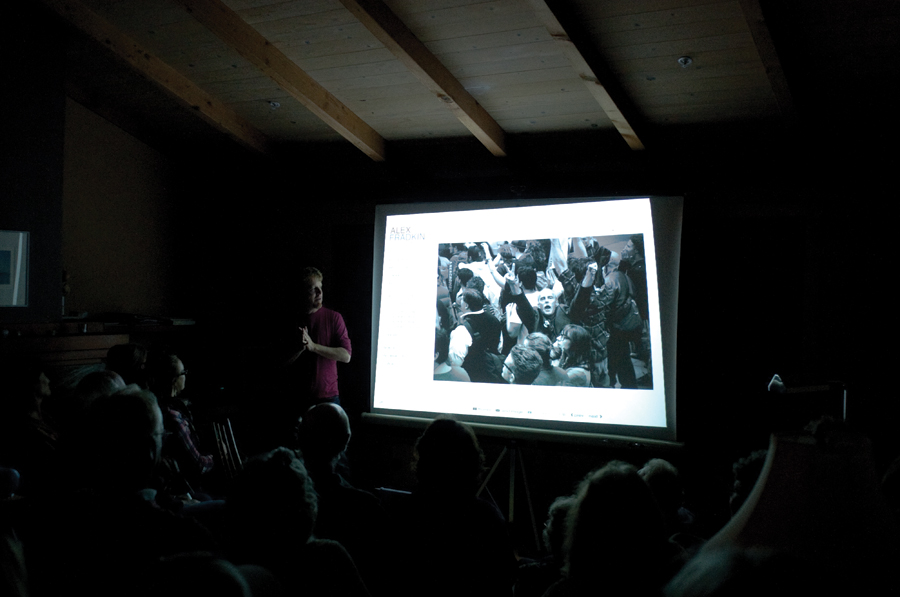The Occupy Wall Street movement has emerged with force in West Marin, where over the past two weeks roughly 60 local activists have protested . . .
Occupy Wall Street inspires petition for local credit union


The Occupy Wall Street movement has emerged with force in West Marin, where over the past two weeks roughly 60 local activists have protested . . .